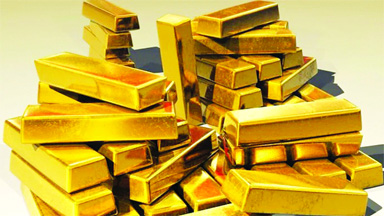
Gold has been on a winning run, climbing to record highs as investors search for safety in an increasingly unpredictable world. Prices have nearly doubled in the last two years, with the metal averaging 3,665 dollars per ounce in September 2025, before touching 4,000 dollars in October. According to a new analysis by CareEdge Global Ratings, the rise reflects mounting economic, currency and geopolitical concerns rather than a short-term market swing. Gold is shifting from a consumer product to a financial shield. CareEdge says investment demand in the first half of 2025 has already matched the entire demand recorded in 2024, driven by concerns over inflation and market volatility. “Gold continues to play a multifaceted role in the global economy as a trusted investment asset and a strategic reserve for central banks,” the report notes. By contrast, jewellery demand has started to moderate as prices remain elevated.
WEAKER DOLLAR, STRONGER GOLD
The US Dollar Index has weakened by around 8.6% this year, pressured by fiscal concerns, economic slowdown fears and shifting trade policies.
The dollar’s share in global foreign exchange reserves has declined from 71.1% in 2000 to 57.8% in 2024, as central banks gradually diversify. CareEdge says this trend has reinforced gold’s appeal as a “politically neutral, inflation-resistant store of value.” Even with recent rate cuts by the US Federal Reserve, policy rates remain elevated, keeping financial conditions tight.
CENTRAL BANKS REASSESS RESERVES
Official sector gold demand in 2024 surged to about 1,089 tonnes, more than double the long-term annual average. Policymakers are clearly reassessing how vulnerable dollar-denominated assets can be during geopolitical disputes. The seizure of Russian reserves after its invasion of Ukraine highlighted the risk. Gold held domestically is shielded from such actions, making it a preferred choice for emerging economies seeking strategic security.
BRICS AND RESERVE DIVERSIFICATION
Six of the ten largest official gold buyers in recent periods are BRICS members, highlighting the bloc’s push for financial independence. However, gold still accounts for only 17% of BRICS reserves, compared with more than 50% for G7 economies, showing there is still a long way to go before balance shifts meaningfully.





wnoy0v